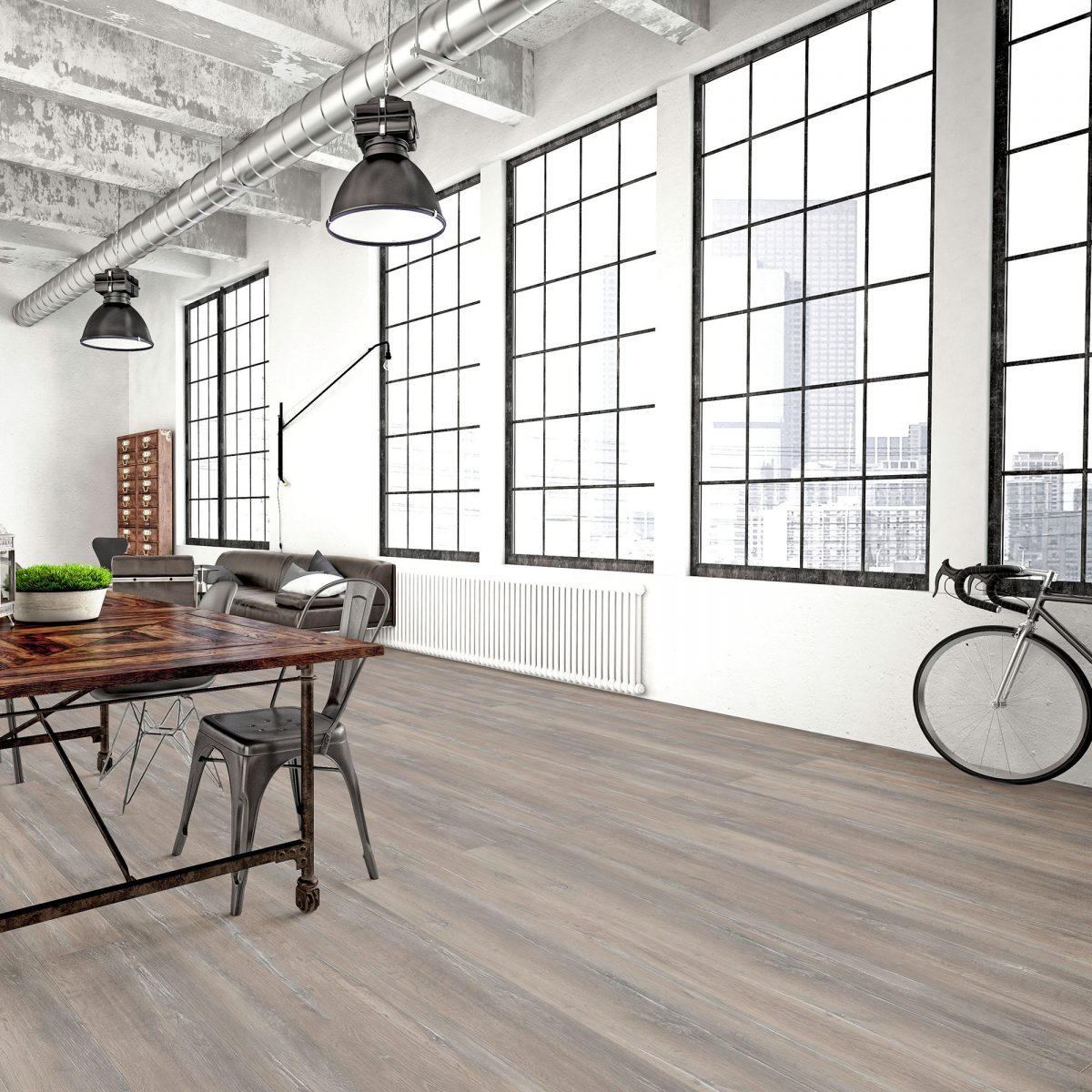How to Choose Grout Color: Tips from a Design Expert

While deciding how to pick grout shading, grout ought to be considered as an accomplice to your tile. Many individuals disregard grout when they’re choosing tile for a space, and it’s similarly as significant as the tile.
You can roll out huge improvements in the appearance of your space by changing the shade of the grout that you use with various tiles. For instance, you can pick a tile that has a ton of example and surface to it all alone, with a coordinating grout. On the other hand, you can pick a mathematical tile that has a great deal of development in it and utilize a differentiating grout to upgrade that look. At that point obviously you can have wood-look tiles which can be combined with complimentary grout tones. That can truly draw out the wood-look and let the grout take a rearward sitting arrangement.
In this guide, you will figure out how you can change the appearance of a space utilizing grout shading with various types of tiles.
To begin with, we’ll think about grout for designed tile. For my model, I’m utilizing a mathematical tile. Geometrics are extremely famous during the current year. They can be utilized in bunches of various spaces, for example, washrooms and kitchens.
In this example, the mathematical tile is grouted in a differentiating grout shading. This upgrades the example that the tile is set in. In the event that you have tile with a strong example that you need to bring out, you can utilize a differentiating grout shading to make it stick out.
This next model is an enormous configuration tile with a designed surface, however it is every one of the one shading. It has some surface and example to it all alone without the grout. A tile like this is something you can use on a story or on a shower divider, or even in a kitchen.
A tile like this has a ton going on as of now. My suggestion for something like this is utilize a coordinating grout shading to let the example remain solitary.
For instance, a beige shaded grout mixes directly in when you put it up to the tile. So now what you’re seeing is the rehash of the example and the surface of the tile, and you’re not getting diverted by the grout.
At long last how about we see how to pick grout shading for a wood-look tile. One of the most well known things in home plan recently has been wood-look tile. They’re an incredible method to join that warm feel of common wood into your home. Furthermore, you don’t need to manage the upkeep of a hardwood.
One of the difficulties with wood-look tile is choosing the correct grout shading so you get an extremely pleasant consistent look. What I like to do is investigate the tile to see the highs and lows I have in the tile. I’ll figure out what sort of differentiating conceals I have. At that point I choose one of those tones and fuse that into my grout.
For instance, in this tile, there is some dim, some truly light debris hues, and even some taupey beiges. At the point when I take a gander at my grout deck, I can pull out each shading test to hold facing the tile. What I’m searching for is something that is going to blur away from plain sight and mix in.
Taking a gander at the grout test shading against the entire tile, you can check whether it coordinates the general look of the tile. That is going to give you a more consistent look, and to a lesser degree a lattice like look on the floor.




